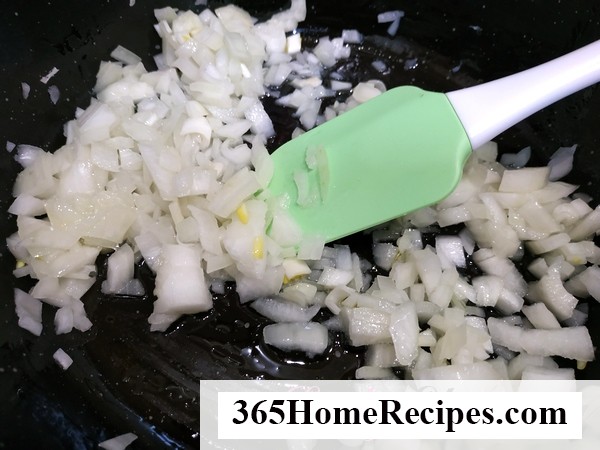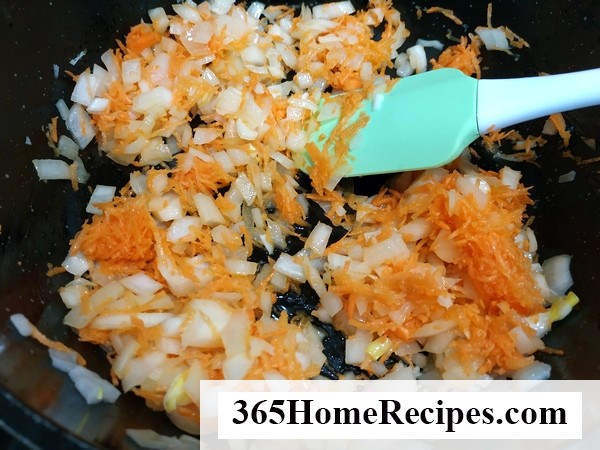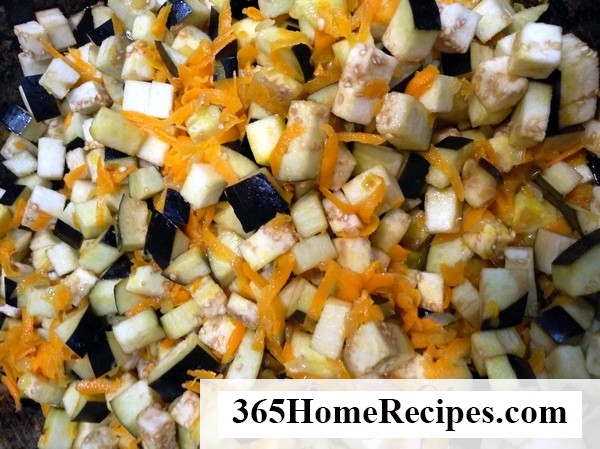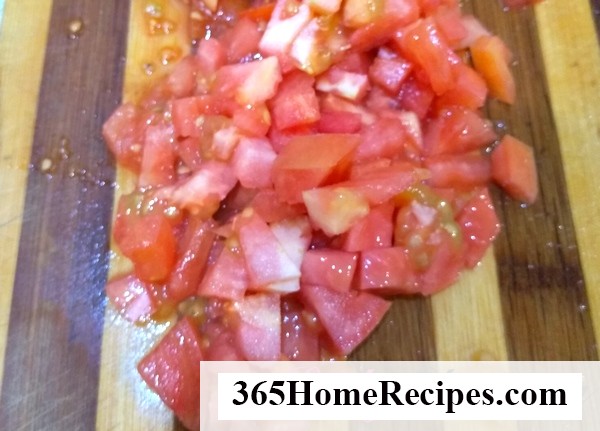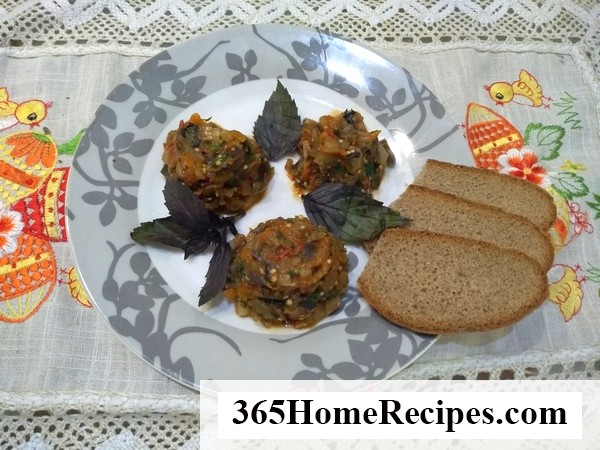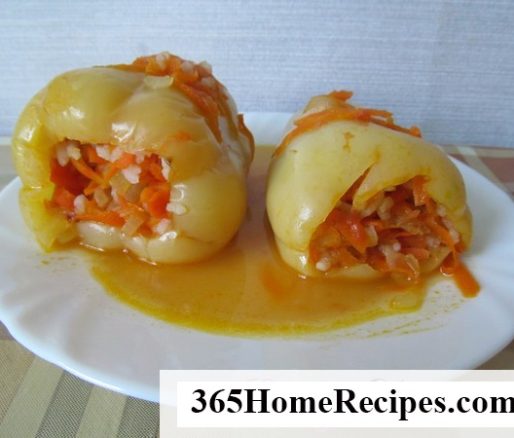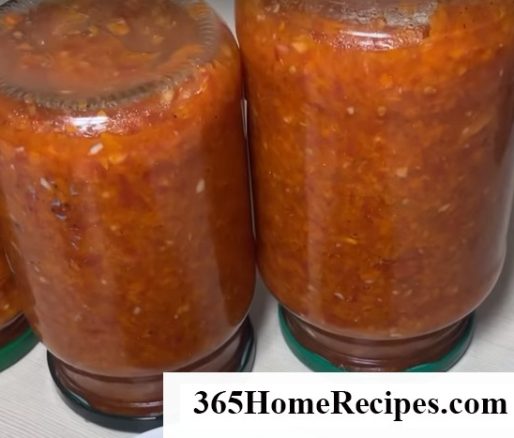The Best Sauteed Eggplant Recipe – Just Try It Once!
Vegetable lovers must try to cook such a dish as eggplant sauté. This appetizer is especially relevant in the fall. It is during this period that you can cook it at least every day, because the main ingredients grow in a garden in the garden or cost a little in the shop. But even winter is not a reason to give up your favorite dishes. If it is not possible to buy raw vegetables in the store, you can cook the sauteed eggplant recipe from frozen ones, after defrosting them.
Sauteed eggplant is insanely delicious to eat with dried black bread or white toast. And if you add a few cloves of garlic to it, it will turn out not only fragrant, but also piquant.
Vegetables will go both fresh and frozen. Tomatoes can be replaced with tomato paste, juice. Greens can be taken fresh, frozen or dry.
Ingredients
- Add to Shopping List +
- Add to Shopping List +
- Add to Shopping List +
- Add to Shopping List +
- Add to Shopping List +
- Add to Shopping List +
- Add to Shopping List +
- Add to Shopping List +
- Add to Shopping List +
- Add to Shopping List +
Nutrients
23.38
4.59
0.09
1.12
Step by step method
Tips & variations
-
Behind the word "saute" is a dish that looks like a stew. Even the classic set of products for these two dishes is the same: eggplant, tomatoes, bell peppers, onions. The difference lies in the principle of preparation.
-
Initially, the word "sate" was not called the dish itself, but the culinary technique. From the French "saute" ("sauter") is translated as "jump". Vegetables are fried in a frying pan or in a saucepan, but during the cooking process they are not mixed with a spatula or spoon, but “shaken”.
-
As a result, they are juicy, do not fall apart. Saute is brought to readiness by stewing, but even at this stage the components are not mixed with a spoon. Thanks to this culinary technique, it is possible to maintain the integrity of the components.
-
Vegetable stew is cooked differently: it is stewed. In the process of cooking, the dish is stirred, the pieces of vegetables lose their shape. At first glance, the differences between sauté and stew are insignificant, but the cooking technology affects the final taste.
-
The main ingredient of the dish is eggplant. It needs to be cut big. Circles or cubes - the choice is up to the hostess. The rest of the components can be cut arbitrarily, but it is also better large - it looks more harmonious.
-
Eggplants have a specific bitter taste. Bitterness will spoil the taste of the dish, so it must first be removed. Sliced eggplants are soaked in water with salt for 30 minutes or salted and left for 10-15 minutes, and then washed.
-
Use a little oil to fry vegetables. Eggplant absorbs fat like a sponge. As a result, instead of a low-calorie light dish, you can get a salad that bleeds with oil.
-
Saute ingredients should not be mixed with a spoon or spatula - neither at the frying stage, nor when stewing. Otherwise it will be porridge. To ensure that the vegetables are evenly fried and not burnt, the pan must be shaken periodically: the ingredients should bounce.


